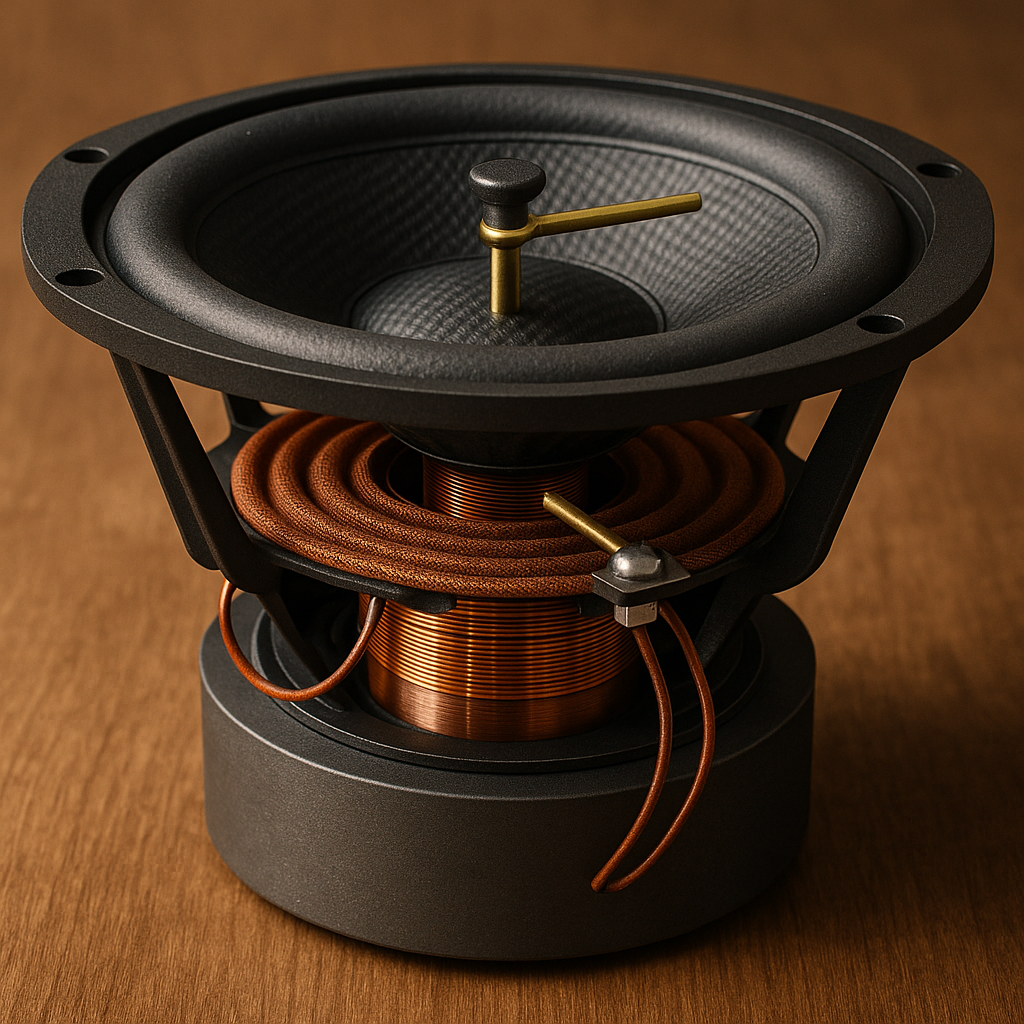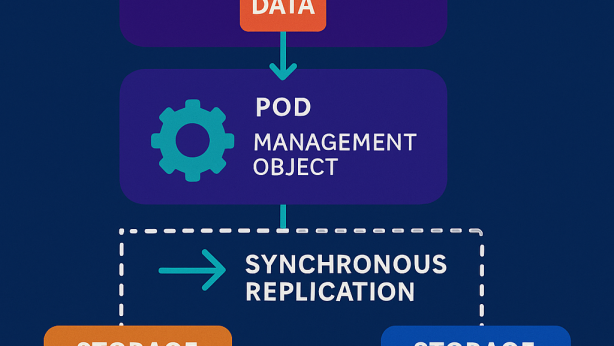SYSTEMS AND METHODS FOR STABILIZING A PLAYBACK DEVICE

Invented by Sheen; Timothy W., Oswaks; Jonathan, Liu; Linduo, Yang; Minqiang, Everett; Stephen, Pemberton-Pigott; Nigel, Ahrens; Michael

Speakers are everywhere, from our phones to our cars to our homes. But inside, many of these speakers work the same way they did years ago. That is changing. A new patent application introduces negative-stiffness technology for playback devices, promising clearer sound and better efficiency. Let’s explore what this means and why it matters.
Background and Market Context
Music and sound have become a big part of our lives. We listen to music while cooking, working, driving, and even sleeping. Over the past two decades, how we play and control this sound has changed a lot. Companies like SONOS have made it easy to play music in every room with just a tap on your phone. You can control what plays in each room or group rooms together, so everyone hears the same thing.
These systems need to work well all the time. People expect their music to sound good, whether it’s loud or soft, and whether they’re listening to a quiet podcast or a booming movie scene. To make this happen, speaker companies are always looking for ways to make their products better. They want speakers that sound rich, work with less power, and last longer.
Most speakers use a part called a “diaphragm” to push air and make sound. This diaphragm moves because of a part called a voice coil, and both are held in place by springs or flexible rings called suspensions. These suspensions are important because they keep the moving parts in the right place. But there’s a problem: the stiffer these suspensions are, the more power the speaker needs to move the diaphragm. That means lower efficiency and more wasted energy.
The market now is full of smart speakers, home theater systems, and portable devices. Users want small speakers that sound big, and they want their devices to use less battery. They also want their speakers to work well for years without breaking. To meet these needs, companies are looking for new ways to design these key moving parts inside speakers. One idea is to use “negative-stiffness” technology, which can make speakers more efficient and possibly sound better, too.
This new patent shows a way to use negative-stiffness in speakers, as well as smart ways to keep the speaker stable and reliable. It also uses new materials like carbon-fiber reinforced plastic to make parts stronger and lighter. All of these changes could make a big difference in how speakers work in the future.

Scientific Rationale and Prior Art
To understand the new invention, let’s start with how traditional speakers work. Most speakers have a diaphragm that moves back and forth, pushing air to create sound. The diaphragm is attached to a voice coil, which sits in a magnetic field. When electricity flows through the coil, it moves, and the diaphragm moves with it. The suspension (often called the “spider” and the “surround”) keeps all these parts in the right place and controls how they move.
Normally, the suspension has “positive stiffness.” This means if you push or pull the diaphragm, the suspension tries to move it back to its starting point. This helps keep everything lined up, but it also means the speaker has to use more power to move the diaphragm—especially when trying to play loud or deep sounds. This extra power use makes the speaker less efficient. It also can limit how much the diaphragm moves, which affects the bass and overall sound quality.
Over the years, inventors have tried different ways to make suspensions better. Some have used softer materials, but these can wear out faster or let the parts move too much. Others have tried special shapes or added extra springs. But most of these solutions still have the same basic problem: they fight against the motion, making the speaker work harder.
Negative-stiffness is a different idea. Instead of pushing back, a negative-stiffness suspension actually helps the movement. If the diaphragm starts to move in one direction, the negative-stiffness suspension gives it a little push in that same direction. This means the speaker does not have to use as much power. The idea of negative-stiffness has been used in some science tools and special machines, but it’s rare in speakers. That’s partly because it can make the speaker unstable—the diaphragm might move too far and get stuck at the edge, making the speaker stop working until it’s fixed.
Previous patents, such as U.S. Pat. No. 11,197,102 and U.S. Pat. No. 11,297,415, mention ways to improve speaker movement, but they mostly stay with positive-stiffness or simple changes to the suspension shape. Some inventors have tried to use buckled springs or special mechanisms to get negative-stiffness, but these have not become common. The problem is always the same: if the system gets unstable, the speaker stops working right. That’s why the new patent is so important—it combines negative-stiffness with smart controls and better materials to make the whole system stable and reliable.
Another key change in this patent is the use of composite materials, such as carbon-fiber reinforced plastic. This material is strong but light, which is perfect for speaker parts that need to move quickly and last a long time. Using layers of carbon fibers in different directions can make the part even stronger and help it handle the stress of moving back and forth thousands of times per second. This is a big step up from metal springs or plain plastic parts.

Finally, the patent adds smart sensors and computer controls. These sensors can check exactly where the diaphragm is, how much air pressure is inside the speaker, and whether everything is working as it should. If something starts to go wrong, the system can fix it right away. This is a new way to keep negative-stiffness speakers working without the risk of failure that older systems had.
Invention Description and Key Innovations
This patent brings together several new ideas to make speakers better, more efficient, and more reliable. The heart of the invention is a playback device—a speaker—that uses a negative-stiffness suspension made of composite materials and is controlled by sensors and processors. Here’s how each part works and why it matters.
Negative-Stiffness Suspension Assembly
The main change is the use of a negative-stiffness suspension. Instead of fighting against the diaphragm’s movement, this suspension helps it move. This means the speaker can play sound with less power, which is great for battery life and efficiency. The suspension can be made from several spring-like members that are placed around the voice coil. Each member is compressed slightly when installed, which gives it the negative-stiffness effect.
To make sure these parts don’t break from stress, the suspension members have special shapes. They often have wavy, corrugated sections that spread out the forces, so no single spot gets too much pressure. Some parts are made wider or narrower in certain places to help with this. These clever shapes help the suspension last longer, even as it moves back and forth many times a second.
What really sets this invention apart is the use of composite materials, especially carbon-fiber reinforced plastic. Carbon fibers are very strong and light. By layering the fibers in different directions (some along the length, some across), the suspension can handle stress from every angle. This keeps the speaker strong and helps it cool off faster, since carbon-fiber can carry away heat better than regular plastic or metal.
Smart Sensors and Control Systems

Negative-stiffness makes the speaker more efficient, but it also brings the risk of instability. The diaphragm could get stuck at the edge of its movement and stop making sound. To solve this, the patent adds several kinds of sensors. Some watch the exact position of the diaphragm, while others check the air pressure inside the speaker. If the system detects that the diaphragm is starting to move out of its safe zone, it can fix the problem right away.
The control system uses computer processors that read the sensor data and decide what to do. If the diaphragm gets too far off-center, the processor can send a tiny electric signal to the voice coil to nudge it back. In some cases, the system will turn on a small air pump to add or remove air from the inside of the speaker. This changes the pressure and gently pushes the diaphragm back to its correct spot. All of this happens very quickly, so the user never notices a problem.
The control system uses “control loops”—these are feedback systems that keep checking and adjusting the speaker’s position. If one part of the system keeps having to make the same fix over and over, another part can step in and change the way the fix is done. This prevents the system from getting stuck in a loop and wasting power, keeping the speaker efficient and reliable.
Mechanical Stabilizers for Extra Safety
Sometimes, the speaker may lose power or go into standby mode. In these cases, it’s possible for the diaphragm to fall to an extreme position and get stuck. The patent solves this by adding a small mechanical stabilizer, like a plunger or latch, that can hold the diaphragm in the right place when the speaker is not in use. When the speaker turns back on, the stabilizer moves out of the way, and the diaphragm can move freely again. This keeps the speaker safe and ready to play anytime.
Flexible Methods for Control and Adjustment
The patent also covers a variety of ways to control the diaphragm’s position. It can be adjusted by changing air pressure, by sending electric signals to the voice coil, or by using the mechanical stabilizer. The system can even sense when the air pressure inside matches the pressure outside, which means everything is balanced and stable. All of these methods work together to keep the speaker working its best.
Modular and Adaptable Design
Another smart part of the invention is that it can use many different numbers and types of suspension members. Sometimes only a few are needed; sometimes more are added for extra strength or special sound effects. The design can fit speakers of different sizes and shapes, from small portable ones to big home theater units. Because the main parts are made of strong, light composite material, the speaker can be built thinner, lighter, or in new shapes not possible before.
Benefits and Impact
This new technology brings several key benefits to anyone who uses speakers:
– Better Efficiency: The speaker needs less power to make the same sound, which means batteries last longer and less energy is wasted as heat.
– Clearer Sound: The diaphragm can move more freely, so deep bass sounds and clear highs are easier to produce.
– More Reliable: The smart sensors and stabilizers keep the system working, even if something unexpected happens.
– Longer Life: The use of strong materials and better stress management means parts are less likely to wear out or break.
– Flexible Designs: The speaker can be made in many different shapes and sizes, opening the door for new product ideas.
Conclusion
The speaker technology in this patent is a big step forward. By using negative-stiffness suspensions made from carbon-fiber composites, and backing them up with smart sensors and controls, the inventors have solved some of the biggest problems in speaker design. The system can give better sound, use less power, and last longer, all while staying safe and stable. Whether you’re a music lover, a product designer, or someone who just wants their portable speaker to work better for longer, this invention could make a real difference. As these ideas make their way into new products, we can expect the next generation of speakers to be smarter, stronger, and more enjoyable than ever before.
Click here https://ppubs.uspto.gov/pubwebapp/ and search 20250220356.


